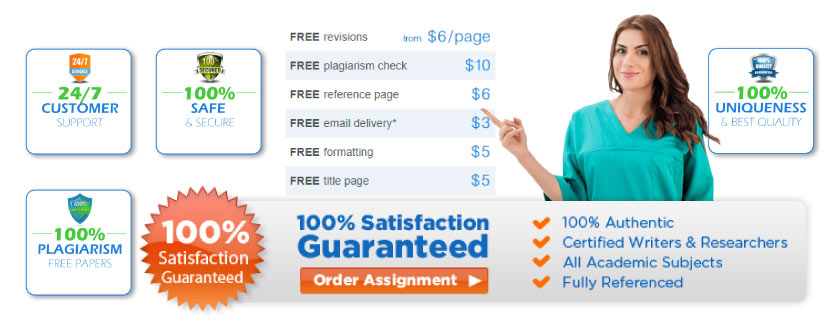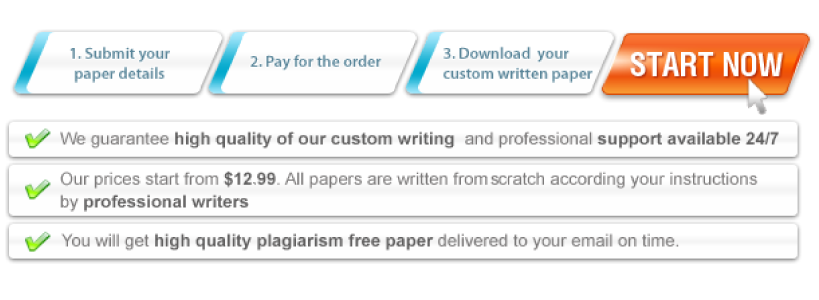What pertinent follow-up questions will you ask to assess the patient’s condition?
All nurses have heard the adage, “If it isn’t documented, it didn’t happen.” †Documenting appropriately and accurately ensures that one provides the appropriate care while also remaining accountable and legally responsible. It can also be thought of as a form of communication. Any member of the multidisciplinary team should be able to access a patient’s chart and view the treatment they received. Documentation is an important part of nursing practice, according to Selvi (2017). It is a professional practice tool that should aid in the care process.
What are the documentation standards? When is it acceptable to use abbreviations?
Documentation should be clear, timely, and accurate at all times. There are six nursing documentation principles, according to the American Nurses Association. (Documentation Features, Education and Training, Policies and Procedures, Security Systems, Documentation Entries, and Standard Terminologies.) †Documentation Characteristicsâ€TM defines what constitutes quality documentation. It is simple to use, accurate, consistent, relevant, comprehensive, clear, legible, thoughtful, timely, and reflective of the nursing process. †Education and Trainingâ€TM refers to completing training in order to understand and gain full access to the computer, software system, and documentation system. †Policies and Proceduresâ€TM is defined as being aware of and understanding the documentation policies and procedures implemented at one’s institution. Protecting the patient, securing all forms of data, and maintaining confidentiality are all definitions of †Protection Systemsâ€TM. Keeping health records organized and accessible is defined as †Documentation Entries.â€TM It is critical to date and time stamp all entries, and to use proper terminology, including acronyms and symbols, in all entries. Finally, †Standardized Terminologiesâ€TM refers to the use of appropriate terms when explaining the planning, delivery, and evaluation of care provided to the patient. Selvi (2017) outlined a few documentation best practices. To name a few, one must make certain that they have the correct patient’s chart. Each entry must be dated and timed. Even if another person’s entry is incorrect, one should never change it. To indicate a direct patient response, quotation marks must be used. Permanent black ink must be used. Documentation must be done in chronological order. Finally, all phone calls made or received regarding a patient’s care must be documented.
What exactly is the distinction between subjective and objective data?
Subjective data refers to information obtained from the patient. It must be recorded in the patient’s own words. The information obtained by observing and assessing the patient during a physical exam is referred to as objective data.
What does it mean to be able to demonstrate clinical reasoning abilities?
Clinical reasoning skills refer to the ability to apply one’s acquired knowledge successfully and appropriately. As a nurse, this skill allows you to confidently assess, diagnose, and treat patients. Clinical reasoning, according to Passos Vaz da Costa and Barros Araojo Luz (2016), enables nurses to make clinical judgments about the clinical condition of the patient.
How can clinical reasoning be used to plan the structure of a comprehensive exam?
Nursing requires a high level of organization. It is beneficial to maintain the flow of an exam when assessing a patient. It will help in making the correct diagnosis and, in some cases, will mean the difference between life and death. Examining the patient from head to toe and comprehending how certain things connect and intertwine. Knowing what to look for or what tests to order when a patient exhibits certain symptoms requires critical and clinical thinking. The nursing process model, according to Lavin, Harper, and Barr (2015), will help standardize and improve communication of direct care.
How will you document differences between normal and abnormal assessment findings?
It is just as important to document normal findings as it is to document abnormal findings. This is where organization comes into play. You should document everything related to the specific body system as you complete your head-to-toe assessment of the patient. Using the four techniques taught and charting our progress has proven to be extremely beneficial.
What factors influence the appropriate tools and tests required for a thorough assessment?
Nurses are aware that various tools are used to treat various body systems. We must use specific tools, tests, imaging, or exams to examine a specific body part or to further investigate a complaint or symptom. We understand when an x-ray is preferable to an MRI. We understand what a tuning fork is, how and when it should be used, and the difference between a negative and a positive finding. Nurses also understand when it is necessary to request a urine sample or a blood test, as well as what to look for in the results based on the patient’s age or gender.
Consider your personal strengths, weaknesses, beliefs, prejudices, and values.
I am aware of my own strengths and limitations, and it is prudent to recognize and admit when you do not know something and require assistance. I am aware of the importance of checking my prejudices and not allowing them to influence the care I provide. I may not agree with or understand why a patient made a particular decision about their care, but I must respect that decision. With that said, I must also know what I value and believe in, and I must stand firm in those beliefs. My patient’s values may differ from mine, but we can all coexist, learn from one another, and treat one another as humans.
How will this affect your ability to compile a complete health history?
My strengths enable me to complete a thorough health history. Knowing my limitations allows me to recognize when it is appropriate to refer a patient and contact the multidisciplinary team. Standing firm in my values and beliefs allows me to know how far I would go in treating a patient and what I would expose myself to while empathizing with patients and their families and understanding their points of view.
How can you improve your communication skills?
It takes time to develop strong communication skills. I practice in front of the mirror and conduct mock interviews. Listen to people and consider your response before responding. Maintain eye contact and use appropriate body language to demonstrate confidence.
What interviewing techniques will you employ to elicit subjective health information about the patient’s medical history?
To obtain subjective data, the patient must be approached calmly and respectfully. Asking open-ended questions encourages dialogue and allows the patient to reveal information. Maintaining eye contact and taking the time to acknowledge what theyâ€TMve said will demonstrate to the patient that you are attentive and engaged.
What pertinent follow-up questions will you ask to assess the patient’s condition?




